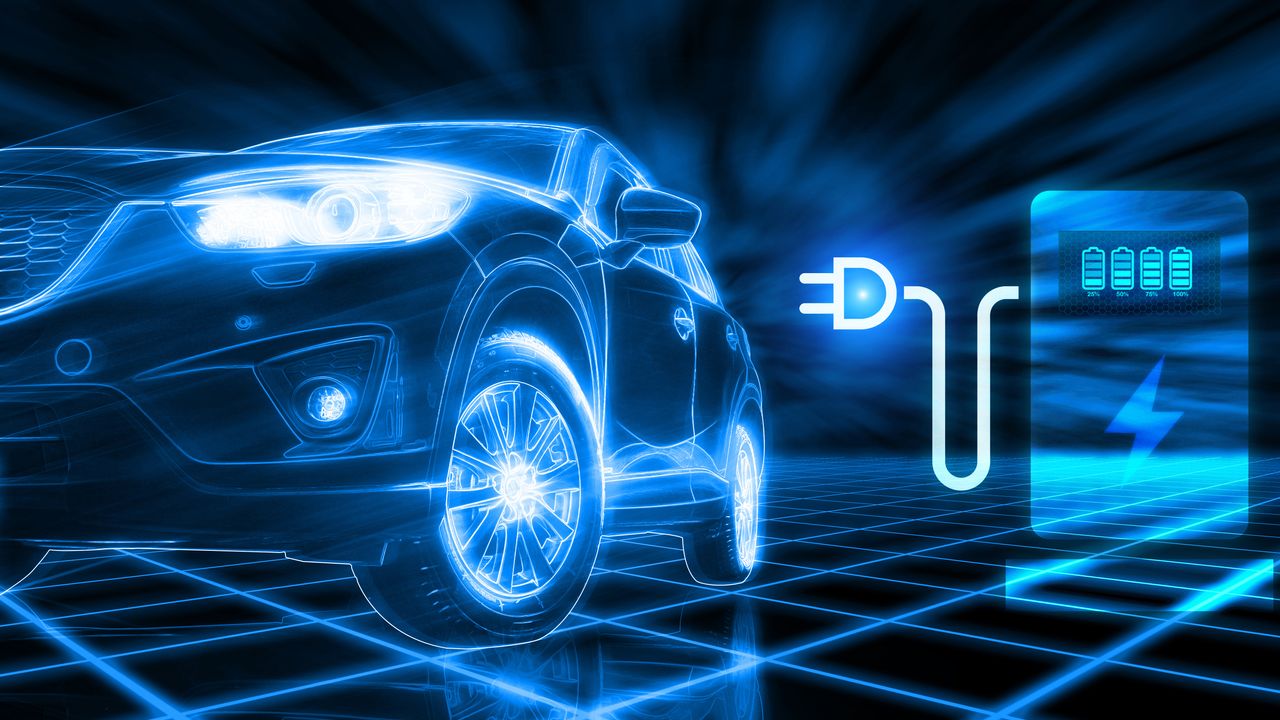Government Incentives and Subsidies for Electric Vehicles: Driving Emission Reduction Programs
With the increasing global concern over climate change and the need to reduce greenhouse gas emissions, governments around the world are implementing various strategies to promote the adoption of electric vehicles (EVs). One of the most effective approaches has been the provision of incentives and subsidies to encourage consumers to choose EVs over traditional gasoline-powered vehicles. These incentives not only make EVs more affordable but also contribute to emission reduction programs, helping to create a cleaner and more sustainable future.
Incentive Eligibility: Who Can Benefit?
Government incentives and subsidies for EVs are typically designed to make these vehicles more accessible to a wider range of consumers. Eligibility criteria can vary from country to country and even within different regions, but they generally target specific groups, such as individuals, businesses, or public fleets. In many cases, these incentives are means-tested, favoring low- and middle-income households to ensure that the benefits of EV adoption are distributed equitably.
Additionally, some governments offer incentives specifically for the purchase of used EVs, recognizing the importance of extending the lifespan of these vehicles and reducing overall emissions. This approach not only encourages the adoption of EVs but also supports the development of a thriving second-hand EV market.
EV Purchase Rebates: Making EVs More Affordable
One of the most common forms of government incentives for EVs is the provision of purchase rebates. These rebates, also known as grants or subsidies, offer a direct financial incentive to consumers, reducing the upfront cost of purchasing an EV. The amount of the rebate can vary depending on factors such as the battery capacity of the vehicle or its overall price.
EV purchase rebates have proven to be highly effective in stimulating EV sales. By reducing the initial cost barrier, these incentives encourage consumers to consider EVs as a viable alternative to traditional vehicles. Moreover, they help to offset the higher upfront costs associated with EV technology, such as battery production and development.
Impact on Emission Reduction Programs
Government incentives and subsidies for EVs play a crucial role in driving emission reduction programs. By making EVs more affordable and attractive to consumers, these incentives accelerate the transition from fossil fuel-powered vehicles to cleaner alternatives. The widespread adoption of EVs leads to a significant reduction in greenhouse gas emissions, improving air quality and mitigating the impacts of climate change.
Furthermore, the increased demand for EVs resulting from these incentives stimulates innovation and investment in the EV industry. This, in turn, leads to technological advancements, cost reductions, and improved infrastructure, making EVs an even more viable and sustainable transportation option.
Conclusion
Government incentives and subsidies for electric vehicles are a crucial component of emission reduction programs. By providing financial support and making EVs more affordable, these incentives encourage consumers to choose cleaner transportation options. The resulting increase in EV adoption contributes to a significant reduction in greenhouse gas emissions, leading to improved air quality and a more sustainable future. Governments worldwide should continue to prioritize and expand these incentives to accelerate the transition to a greener transportation system.
